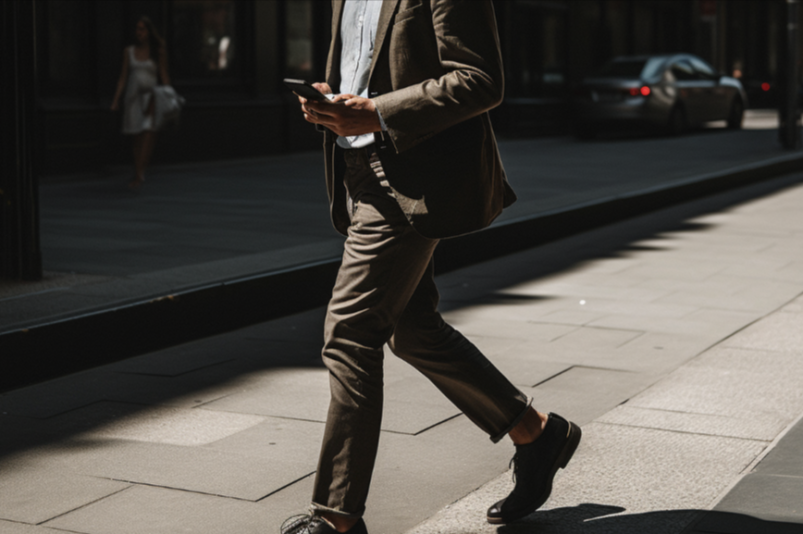
In an era where constant connectivity is crucial, the question of whether a metal roof affects cell phone reception is a pertinent one for homeowners and builders alike. This article aims to shed light on this topic, offering detailed insights and practical guidance on how metal roofs interact with cell phone signals and what you can do about it.
Understanding Cell Phone Signal Interference
Cell phone signals are essentially radio waves operating within specific frequency bands. Like all radio waves, they can be absorbed, reflected, or attenuated by various materials, with metal being a particularly effective shield. This phenomenon is rooted in the principles of electromagnetism and the conductive nature of metals.
The Role of Metal Thickness and Composition
The impact of a metal roof on cell phone reception largely depends on two factors: the thickness of the metal and its electromagnetic properties. Thicker metals can absorb or reflect more signal, leading to potential signal degradation. For example, a standard galvanized steel roof typically ranges from 0.015 to 0.030 inches in thickness and can have a variable impact on signal strength. In contrast, materials like aluminum or copper, known for their higher conductivity, might cause more significant interference even at thinner dimensions.
How Frequency Bands are Affected
Different cell phone carriers operate on various frequency bands. Lower frequencies (like those below 1 GHz) have longer wavelengths and are generally better at penetrating obstacles, including thin metal layers. Higher frequencies, while capable of carrying more data, are more susceptible to being blocked by physical barriers. Therefore, the specific frequency band your cell phone operates on can influence how much a metal roof affects your reception.
Assessing Your Local Signal Environment
Before attributing poor reception solely to a metal roof, it’s crucial to assess the baseline signal strength in your area. This can be done using a cell phone signal strength meter, available as apps on most smartphones, or by consulting with your mobile carrier for local signal strength maps.
Identifying External Factors
External factors such as the distance from the nearest cell tower, geographical features like hills or valleys, and even foliage can significantly impact signal strength. By understanding these elements, you can better gauge whether a metal roof will exacerbate existing reception issues.
Conducting a Pre-Installation Signal Test
If you’re considering installing a metal roof, conducting a signal test before and after installation can provide a clear picture of the impact. Compare the signal strength in various rooms and at different times of the day to get a comprehensive understanding.
Mitigating Signal Interference from Metal Roofs
Once you’ve established that a metal roof is impacting your cell phone reception, there are several strategies you can employ to mitigate this issue. These solutions range from simple fixes to more technical approaches, depending on the severity of the signal disruption.
Installation of Signal Boosters
Signal boosters, also known as cell phone repeaters, are devices designed to amplify weak cell phone signals. They consist of an external antenna, an amplifier, and an internal antenna. The external antenna is placed outside the building, ideally in a location where it can receive the strongest signal (often on the roof or high on a wall). This signal is then boosted using the amplifier and re-broadcasted indoors via the internal antenna. For buildings with metal roofs, signal boosters can be particularly effective in enhancing indoor cell phone reception.
Utilizing Distributed Antenna Systems (DAS)
For larger buildings or complexes, a Distributed Antenna System (DAS) can be a more comprehensive solution. A DAS consists of multiple small antennas distributed throughout the building, connected to a common source. This setup ensures a more uniform distribution of cell phone signal, effectively countering the signal-blocking properties of a metal roof.
Strategic Placement of Indoor Antennas
In some cases, simply repositioning your indoor antennas can make a significant difference. Placing antennas near windows or in areas less obstructed by the metal roof can improve reception. It’s also beneficial to avoid placing antennas near other metal objects or electronic equipment that can cause interference.
Advanced Roofing Materials and Techniques
As technology advances, so do the materials and techniques used in roofing. Some modern metal roofing materials are designed to minimize interference with electromagnetic signals.
Choosing Low-Interference Metal Roofing
Certain metal roofing materials are treated or manufactured in a way that reduces their interference with radio waves. When selecting a metal roof, inquire about low-interference options, which might include specific types of coatings or metal alloys designed to have minimal impact on cell phone signals.
Incorporating Non-Metallic Elements
Another approach is to incorporate non-metallic elements into the roof design. This can include using materials like tiles or shingles in strategic areas, such as above spaces where cell phone usage is frequent, to allow for better signal penetration.
Legal and Regulatory Considerations
When implementing solutions to improve cell phone reception in a building with a metal roof, it’s important to be aware of legal and regulatory aspects. This ensures that any modifications or installations comply with local building codes and telecommunications regulations.
Complying with Building Codes
Before installing signal boosters or making structural changes to your building, check local building codes. Some regions may have specific requirements or restrictions regarding the installation of external antennas or modifications to the building’s structure.
Understanding FCC Regulations for Signal Boosters
In the United States, the Federal Communications Commission (FCC) regulates the use of signal boosters. Ensure that any signal booster you purchase is FCC-approved. Unauthorized boosters can interfere with cellular networks and lead to penalties.
Conclusion
The concern that a metal roof can affect cell phone reception is valid, but it’s not an insurmountable problem. By understanding the factors that contribute to signal interference and exploring a range of solutions—from signal boosters to advanced roofing materials—you can enjoy the benefits of a metal roof without sacrificing cell phone connectivity. With the right approach, you can ensure that your metal roof coexists with your need for reliable cell phone reception.





